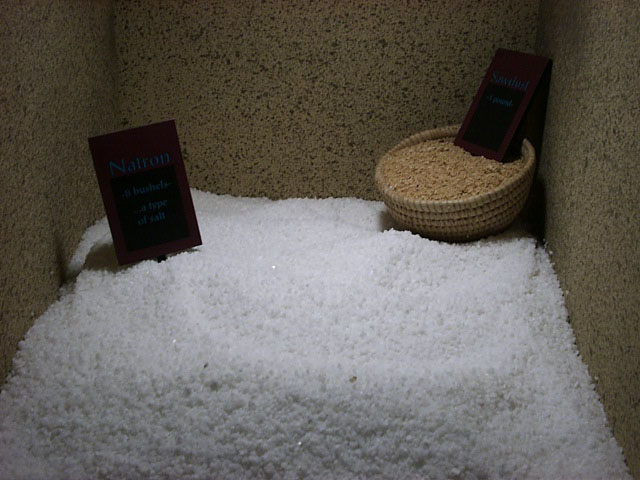

The English version was borrowed from the Latin word mumia. This in turn was borrowed from Arabic in the middle ages, from the word mūmiya ( مومياء), which stems from the Persian word mūm, meaning “wax.” But the actual word “ mummy” has nothing to do with it! There is quite a rocky history to that simple word. Over the years, the classic depiction of a linen-wrapped mummy became an iconic symbol of the ancient Egyptians. But how did they do it? And most importantly, why? The Origins and Nature of the Mummification Process Embalming the dead in order to provide artificial mummification is not a novelty in human history, but the mummification process was certainly perfected in ancient Egypt where this practice survived for thousands of years. One of the oldest and strangest of these traditions is certainly the mummification process. But to them, all of it held deep meaning and religious significance. Sure, it is no secret that ancient Egypt was home to some odd beliefs and quirky traditions.

When it comes to ancient Egypt and its long lasting and influential civilization, plenty of its unique characteristics can seem peculiar and otherworldly.


 0 kommentar(er)
0 kommentar(er)
